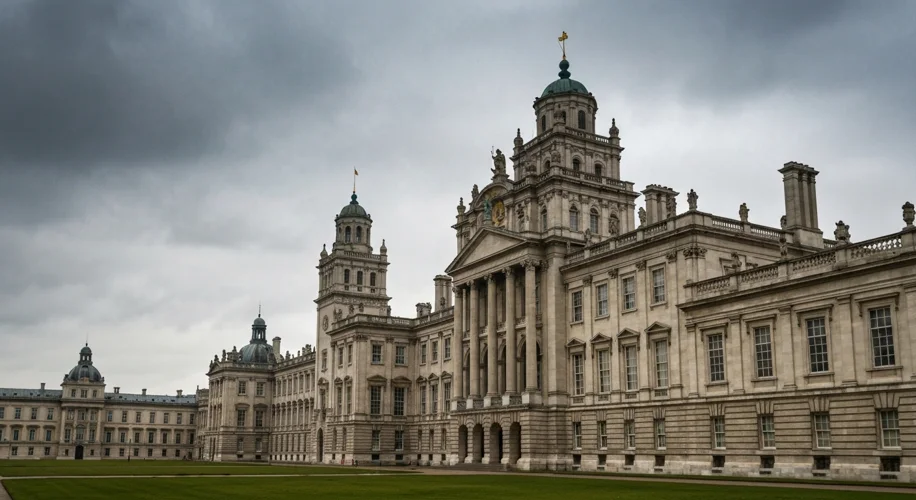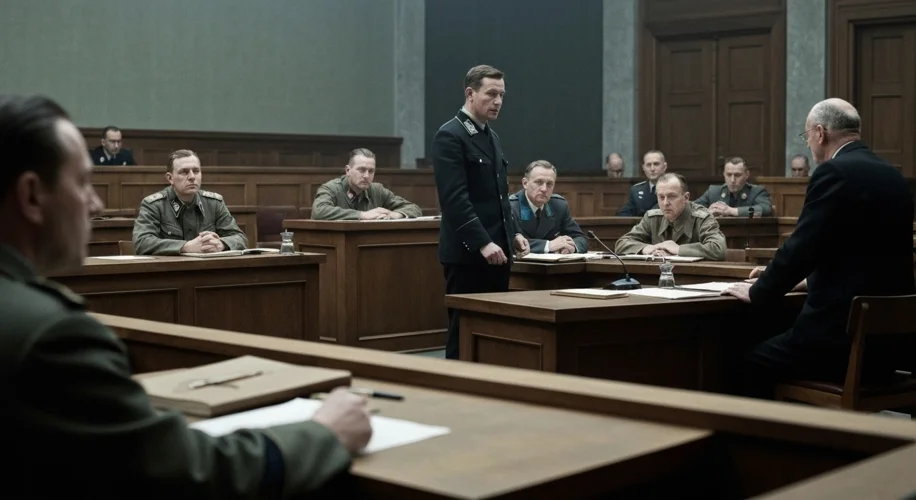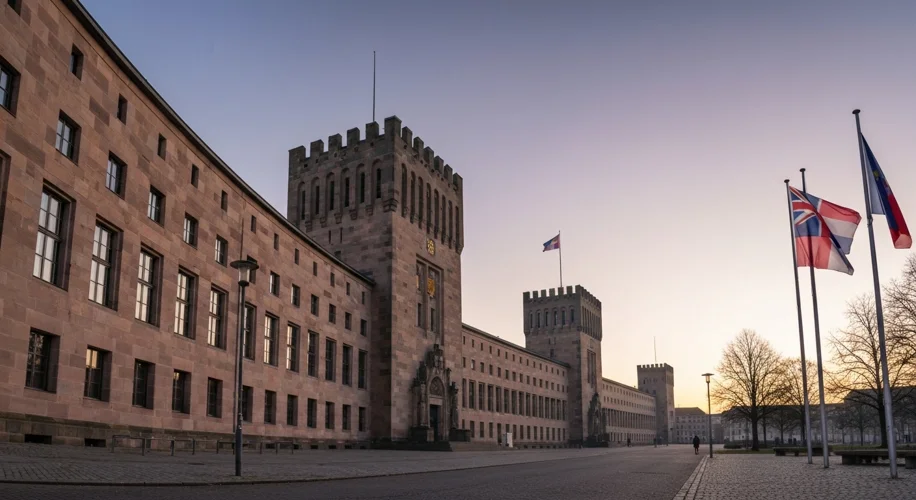The year is 1945. The world, battered and bleeding, is emerging from the longest and most horrific conflict humanity has ever known. Cities lie in ruins, millions are dead, and the chilling reality of systematic extermination has been laid bare. Amidst this profound devastation, a monumental question loomed: how to hold accountable those responsible for such unfathomable barbarity?

It was in this climate of reckoning that the Nuremberg Trials were conceived. More than just a legal proceeding, they represented a audacious attempt to establish a new framework for international justice, to declare that certain acts were so heinous they transcended national boundaries and demanded a global response. The Allies – the United States, Great Britain, France, and the Soviet Union – recognized the urgent need to address the crimes committed by the Nazi regime, not just for the sake of historical accuracy, but to set a precedent that such atrocities would never again go unpunished.
The seeds of these trials were sown in the ashes of World War II. The atrocities committed by the Nazi party, from the systematic persecution and murder of six million Jews in the Holocaust to the brutal occupation of vast swathes of Europe, were unlike anything the world had seen before. The sheer scale and methodical nature of these crimes, categorized by the Allies as war crimes, crimes against humanity, and crimes against peace, necessitated a new approach to justice. Traditional legal systems, designed for individual offenses, were inadequate for addressing the organized, state-sponsored evil of the Third Reich.
The key actors in this drama were, on one side, the victorious Allied powers, driven by a mixture of moral outrage, a desire for retribution, and a pragmatic need to dismantle the machinery of Nazism. Each Allied nation brought its own legal traditions and perspectives, contributing to the complex, often contentious, legal framework that was eventually established. On the other side were the accused – the surviving architects and enforcers of Hitler’s regime. Figures like Hermann Göring, Rudolf Hess, Joachim von Ribbentrop, and Wilhelm Keitel, once symbols of Nazi power, now found themselves stripped of their authority and standing in a dock, facing judgment.
The trials themselves were a spectacle of unprecedented magnitude. Held in Nuremberg, Germany, a city symbolically chosen for its historical significance to the Nazi party, the proceedings began on November 20, 1945. The International Military Tribunal (IMT) was established to prosecute the major war criminals. The sheer volume of evidence was staggering: captured Nazi documents, film footage of concentration camps, and harrowing eyewitness testimony from survivors.
Imagine the scene: the grand courtroom, the weight of history palpable in the air. The prosecution, a formidable team of legal minds from across the Allied nations, meticulously laid out the case against the defendants, presenting irrefutable evidence of their guilt. The defendants, for their part, offered a range of defenses – from outright denial and claims of following orders to attempts to shift blame. The tension was immense, the stakes immeasurably high. The world watched, holding its breath, as justice, in its most imperfect yet determined form, unfolded.

One of the most profound and enduring aspects of the Nuremberg Trials was the concept of

